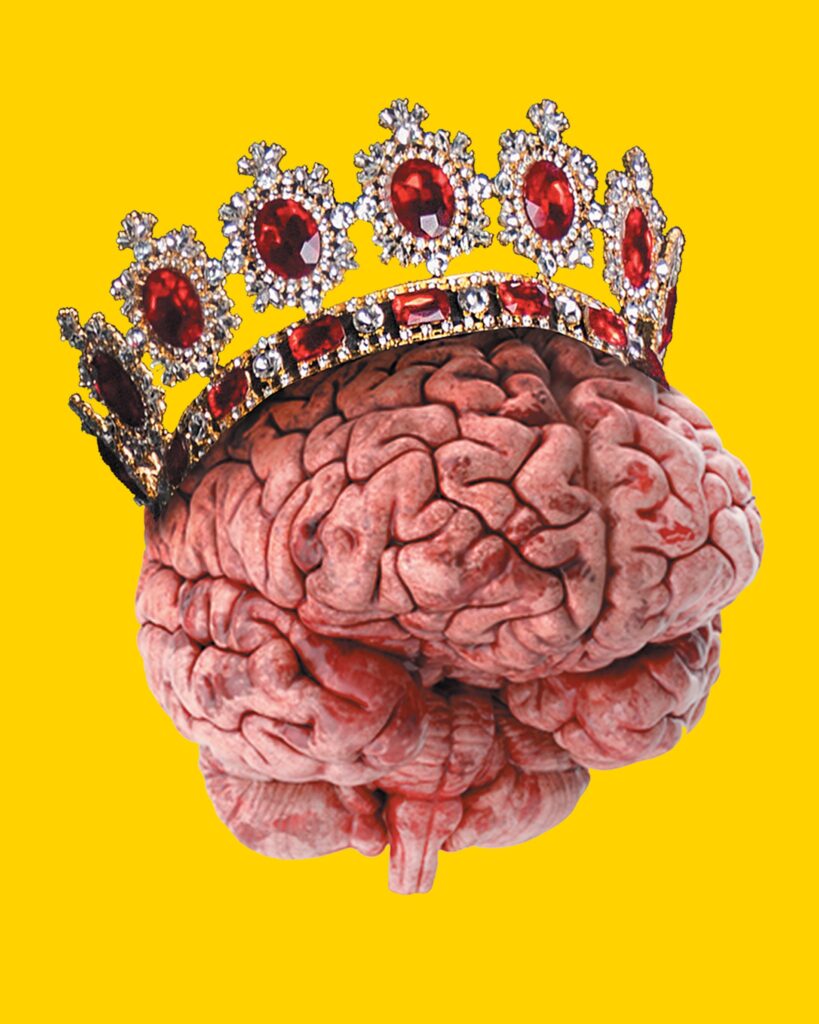Timeless Tales: Rewriting Life Stories Through Creative Expression
Creative expression has long been a powerful tool for rewriting life stories and connecting us to timeless tales. From ancient myths to modern literature, stories have the ability to transcend time and culture, offering insights into the human experience. This article explores how creative expression can be used to reinterpret and reimagine life stories, drawing inspiration from various forms of art and literature.
### The Power of Storytelling
Storytelling is a fundamental part of human culture. It allows us to share experiences, convey emotions, and pass down traditions. Ancient civilizations like Greece and Egypt used myths and legends to explain natural phenomena and teach moral lessons. These stories continue to influence contemporary art, literature, and even film, demonstrating their enduring appeal and relevance.
For example, Greek mythology, with its rich tapestry of gods, goddesses, and heroes, has inspired countless works of art and literature throughout history. The timeless themes of love, ambition, and heroism found in these myths continue to captivate audiences today, reflecting universal human experiences that transcend time and culture[3].
### Creative Expression as a Tool for Rewriting Life Stories
Creative expression offers a unique way to reinterpret and reimagine life stories. Through art, literature, and other forms of creative expression, individuals can reflect on their experiences, emotions, and beliefs. This process allows people to reframe their narratives, often finding new meaning and perspective.
In literature, works like “The Little Prince” by Antoine de Saint-Exupéry demonstrate how stories can be used to convey profound messages about friendship, love, and the human condition. The enduring popularity of this book shows how timeless tales can inspire personal reflection and growth[2].
### The Role of Imagination
Imagination plays a crucial role in rewriting life stories through creative expression. It enables individuals to envision alternative scenarios, explore different perspectives, and create new narratives. This imaginative power is not limited to fiction; it can also be applied to real-life experiences, helping people to see their stories in a new light.
In the context of art, imagination allows artists to reinterpret historical and cultural themes, creating fresh and innovative works that resonate with contemporary audiences. For instance, ancient art forms like cave paintings and sculptures continue to inspire modern artists, who use these timeless themes to explore contemporary issues and emotions[1].
### Preserving Cultural Heritage
Creative expression also serves as a means of preserving cultural heritage. By retelling traditional stories and myths through various art forms, communities can maintain their cultural identity and pass it down to future generations. This preservation of cultural narratives ensures that timeless tales continue to influence and inspire new generations.
In Vanuatu, for example, the Creole language Bislama has become a unifying symbol of national identity. It is used in community events, media, and education, helping to bridge communication gaps and preserve cultural diversity[1].
### Conclusion
Timeless tales have the power to connect us across cultures and generations, offering insights into the human experience. Through creative expression, we can rewrite life stories, reinterpret cultural narratives, and preserve our collective heritage. By embracing the imaginative power of storytelling, we can continue to draw inspiration from timeless tales, ensuring their relevance and impact in the modern world.



